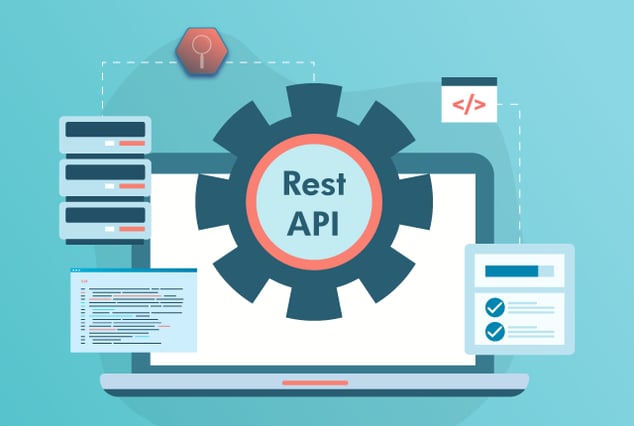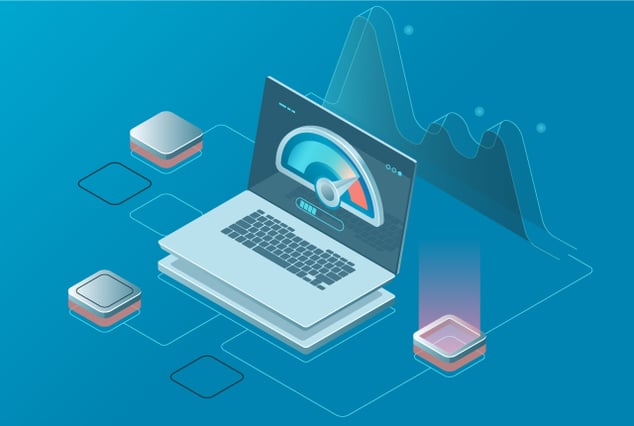APIs provide a way to integrate multiple applications easily in order to produce expected useful information. Keep exploring more on performance testing with our quarterly performance testing newsletters.
“The bitterness of poor quality remains long after the sweetness of low price is forgotten.”
- Benjamin Franklin
Growth in Web APIs Since 2005
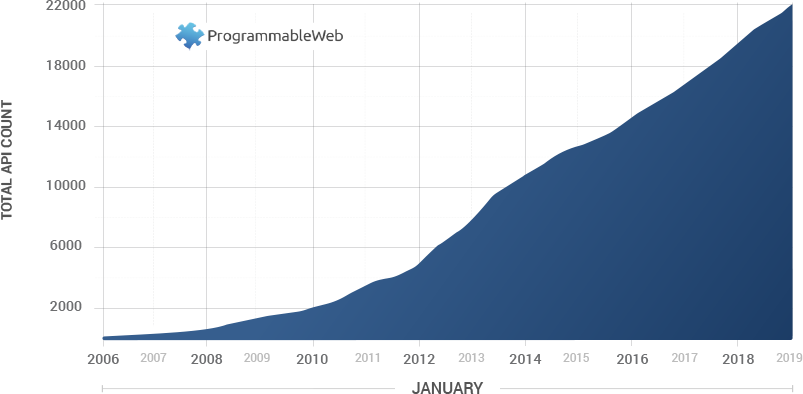
Reference: www.programmableweb.com
Why API Performance Testing Is Required
APIs enable interaction among applications. Slowness in any of the API will have an impact on all the involved integrated applications.
For instance, slowness in third party payment APIs will slow down the purchase process.
Hence, all APIs should meet the benchmark to avoid any slowness.
API Performance Testing in 5 Steps
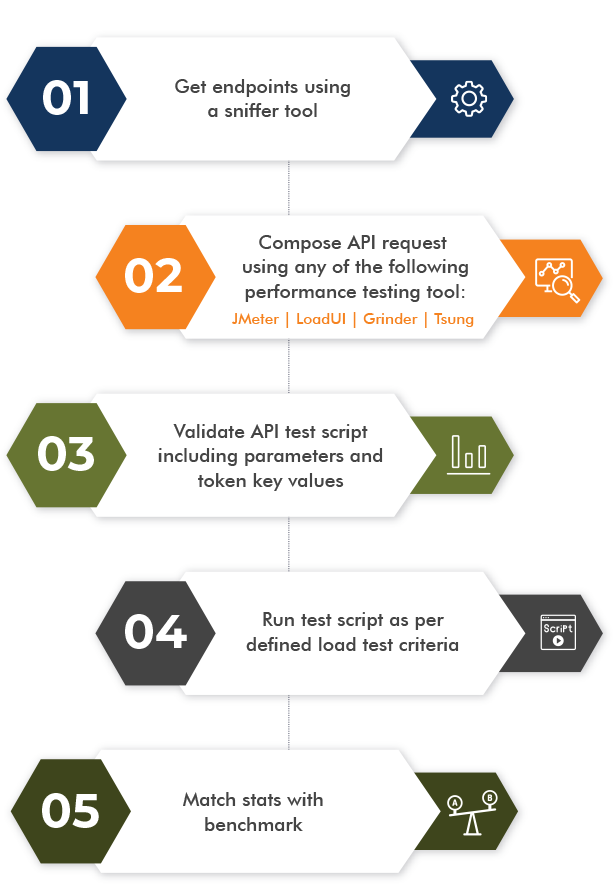
CI Performance Test Cycle
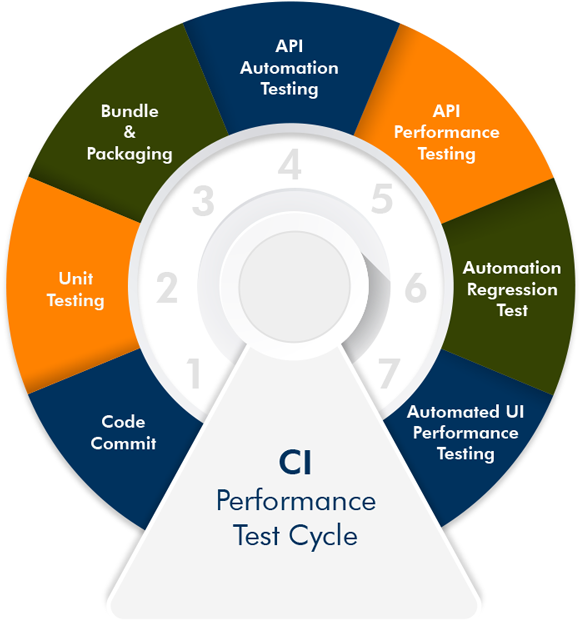

-
Do's
- Test all APIs like Rest, SOAP, and GraphQL
- Parameterize variables
- Test end-to-end API workflow
- Performance test APIs in every release
- Use FlowTracer to monitor all requests
- Keep third party in sync during a test run
- Ensure third party APIs meet product benchmark
-
Don'ts
- Inappropriate Think Time
- Illogical ramp-up time
- The test completes before all users ramp-up
- Lack of assertions
- Overloaded load generator machine
- Network latency is ignored
Tips and Tricks
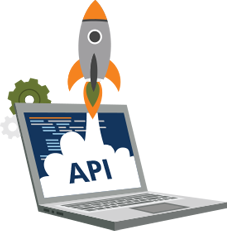
- Include all applicable API methods in test scope
- Use inbuilt functions for token key encryption
- Post respective header information along with each API request
- Call back asynchronous API to validate a response
- Use sniffing tools to compose API request, if required
- Cleanse encoded key value to avoid failures
- Expect more load for Open APIs than Partner APIs
- More bandwidth is required for SOAP XML request type
Have Suggestions?
We would love to hear your feedback, questions, comments and suggestions. This will help us to make us better and more useful next time.
Share your thoughts and ideas at knowledgecenter@qasource.com
